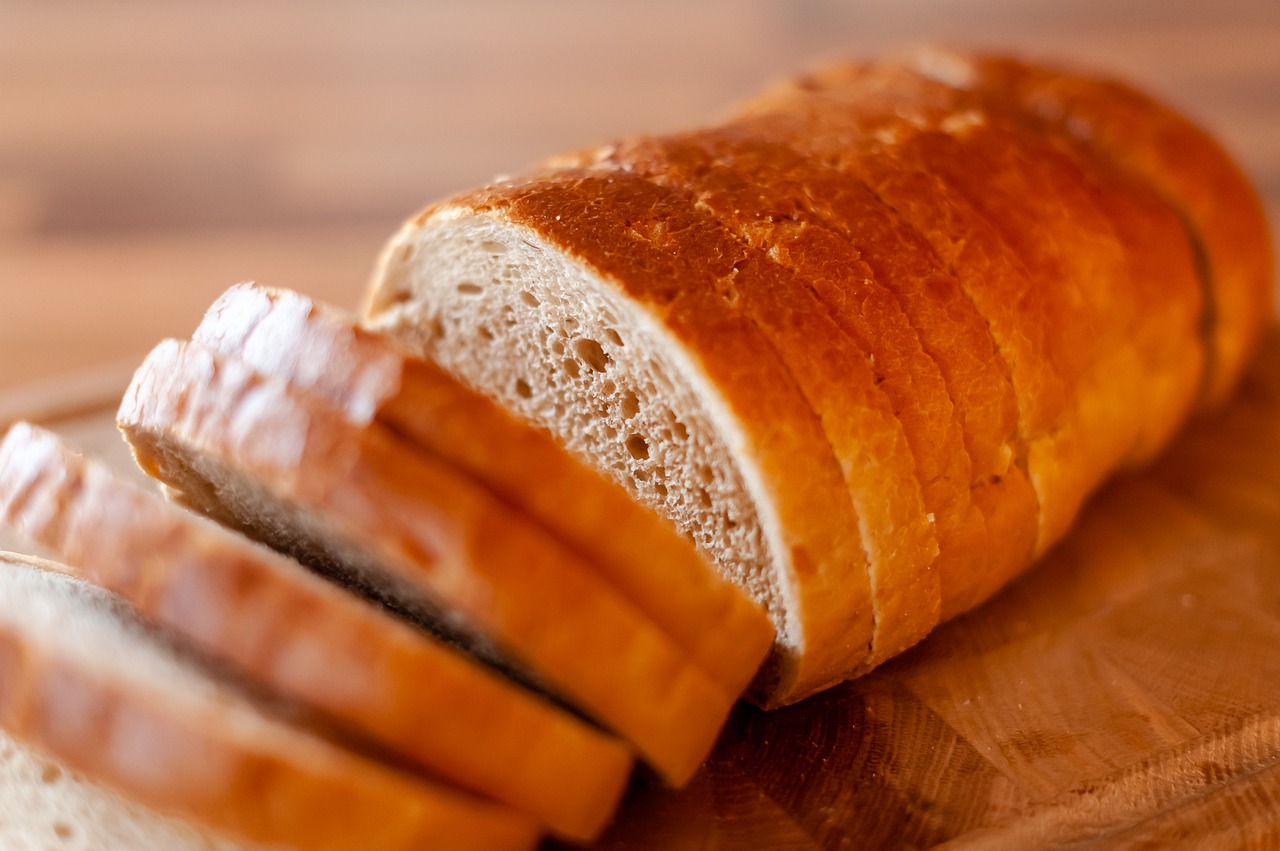Advanced Glycation End Products
AGEs and Alzheimer's
Advanced glycation end products (AGEs) are toxic compounds produced naturally in the body when metabolizing food under stressful situations and when blood sugar or fructose consumption is high. However, AGEs can also be present in the food we eat before we even put it in our mouth. The heat used in cooking food often creates a chemical reaction (called the Maillard reaction) that will produce AGEs. AGEs are bad because they contribute to inflammation and promote oxidative stress. In addition, there is evidence that AGEs increase the concentration of amyloid beta in the brain and higher concentrations of AGEs in the blood have been correlated with fast cognitive decline.1
AGEs and RAGE in the Brain
In the body, AGEs are naturally produced as part of metabolism and the concentration of AGEs in in our bodies are dependent on how fast our kidneys can clear AGEs from our circulatory system. The BBB as well as several types of brain cells have cell surface receptors for AGEs. The receptors are called RAGE and RAGE binds to AGEs as well as other molecules including amyloid beta and prions. RAGE activity contributes to several diseases such as diabetes, hypertension, cardiovascular disease and Alzheimer’s. When AGEs bind to RAGE, inflammatory pathways are activity leading to oxidative stress and inflammation. In the brain of Alzheimer’s patients, RAGE concentrations are increased. In addition, RAGE appears to move amyloid beta across the BBB from the circulatory system into the brain contributing to the increase of amyloid-beta in the brain.1
Dietary AGEs
Food with high amounts of AGEs includes meat, nuts, seeds, vegetable oils, and cheese. Vegetables are low in AGEs. A list of food tabulated in a paper by Uribarri et al. contains over 500 items and lists them in order from highest AGEs to lowest AGEs and can be seen here.1,2
Cooking methods also affect the amount of AGEs in foods. Dry heat methods such as frying, broiling, grilling, baking and roasting increase AGEs compared to liquid heating methods such as steaming, boiling and poaching. In addition, higher pH levels increase AGEs compared to lower pH levels. Pre-treating foods with acidic ingredients, like lemon juice or vinegar, has been shown to decrease the amount AGEs produced when cooking.1,2
Dietary AGEs and Alzheimer's
some scientists have cast doubt that AGEs in foods have any effect on the concentration of AGEs within the body. If dietary AGEs do not affect the concentration of AGEs within the body then dietary would probably not increase Alzheimer’s risk. Several studies have shown that one of the main AGEs called carboxymethyl–lysine (CML) does not increase in the body after consumption of foods with a high amount of AGEs. In fact, CML within the circulatory system increases more after eating healthy foods, like non-starchy vegetables, whole grains, legumes, and fruit. Something odd is obviously at play.3
To figure out what is going on, let’s turn to randomized clinical trials that look at a diet high in AGEs with a diet low in AGEs. In one trial, the researchers looked at two different diets, an unhealthy diet with high amounts of red meat, processed meat and refined grains and a healthy diet of whole grains, dairy, nuts and legumes. The researchers took blood samples from the subjects and not only looked at CML, but also two other types of AGEs, CEL and MG-H1. This isn’t a perfect AGEs study because nuts and dairy can have very high amounts of AGEs, but it might be a good place to start understanding what is going on with AGEs. As shown before, the high AGEs diet did not increase the amount of CML in the blood. MG-H1 also not differ between the high AGEs diet group and the low AGEs diet group. However, CEL did increase within the high AGEs for people with insulin resistance. For people that are insulin sensitive, there was no difference between the AGEs analyzed within the two groups. CEL might be a better AGEs maker than CML, especially for people that are insulin resistant.4
A meta-analysis of 17 randomized clinical trials investigating the effect of dietary AGEs on cardiovascular biomarkers. The researchers found that insulin resistance, total cholesterol and low-density lipoprotein were all reduced with a low AGEs diet. They also found an overall decrease of CML among subjects.5
Dietary AGEs may have a minor effect on AGEs within the body, however the cardiovascular health and cognitive benefits of a healthy diet, which is typically composed of low AGEs, is undeniable. The naturally occuring AGEs within the body may be a bigger problem than AGEs found in food and decreasing the activity of these AGEs might prove more beneficial.
A randomized clinical using diabetic patients found that vitamin D supplements were able to reduce the concentration of AGEs within the blood. Polyphenols have been shown to inhibit the formation of AGEs, detoxify AGEs, and inhibit RAGE. In addition, the antioxidant properties of both polyphenols and vitamin C can reduce the destructive oxidation behavior of AGEs. Vitamin C and vitamin E as well as a variety of drugs (including aspirin) can also inhibit the formation of AGEs. Limiting sugar intake, especially fructose intake, will also help decrease AGEs within the body because the Maillard reaction requires sugar to form AGEs.6,7,8
Another sources of AGEs is cigarette smoke. Of course, if you are at all worried about Alzheimer’s and your health in general, cigarette smoking will be the first thing you cut out.9
Harmful Food Sections
Diet
Apoe4 carriers metabolize food differently than non-carriers which is a contributing factor to Alzheimer's. Which diet can reduce your risk?
Supplements
Randomized clinical trials using Alzheimer's patients have shown positive effects from a variety of supplements. Click and take a look.
Sleep
Adequate sleep is a critical component of preventing cognitive decline. Deep sleep is particularly important for Apoe4 carriers.
Exercise
The scientific data is clear, exercise has positive effects on Alzheimer's disease. But what type of exercise has the biggest effect?
Socialize
Humans are social creatures. Socializing seems like an unusual way to fight Alzheimer's, but it is critical. See the data for yourself.
AGEs References on this Page
- Abate G, Marziano M, Rungratanawanich W, Memo M, Uberti D. Nutrition and AGE-ing: Focusing on Alzheimer’s Disease. Oxid Med Cell Longev. 2017;2017:7039816. doi: 10.1155/2017/7039816. Epub 2017 Jan 12. PMID: 28168012; PMCID: PMC5266861.
- Uribarri J, Woodruff S, Goodman S, Cai W, Chen X, Pyzik R, Yong A, Striker GE, Vlassara H. Advanced glycation end products in foods and a practical guide to their reduction in the diet. J Am Diet Assoc. 2010 Jun;110(6):911-16.e12. doi: 10.1016/j.jada.2010.03.018. PMID: 20497781; PMCID: PMC3704564.
- Semba RD, Ang A, Talegawkar S, Crasto C, Dalal M, Jardack P, Traber MG, Ferrucci L, Arab L. Dietary intake associated with serum versus urinary carboxymethyl-lysine, a major advanced glycation end product, in adults: the Energetics Study. Eur J Clin Nutr. 2012 Jan;66(1):3-9. doi: 10.1038/ejcn.2011.139. Epub 2011 Jul 27. PMID: 21792213; PMCID: PMC3486696.
- Kim Y, Keogh JB, Deo P, Clifton PM. Differential Effects of Dietary Patterns on Advanced Glycation end Products: A Randomized Crossover Study. Nutrients. 2020 Jun 12;12(6):1767. doi: 10.3390/nu12061767. PMID: 32545555; PMCID: PMC7353357.
- Baye E, Kiriakova V, Uribarri J, Moran LJ, de Courten B. Consumption of diets with low advanced glycation end products improves cardiometabolic parameters: meta-analysis of randomised controlled trials. Sci Rep. 2017 May 23;7(1):2266. doi: 10.1038/s41598-017-02268-0. PMID: 28536448; PMCID: PMC5442099.
- Omidian M, Djalali M, Javanbakht MH, Eshraghian MR, Abshirini M, Omidian P, Alvandi E, Mahmoudi M. Effects of vitamin D supplementation on advanced glycation end products signaling pathway in T2DM patients: a randomized, placebo-controlled, double blind clinical trial. Diabetol Metab Syndr. 2019 Oct 26;11:86. doi: 10.1186/s13098-019-0479-x. PMID: 31673295; PMCID: PMC6814978.
- Yeh WJ, Hsia SM, Lee WH, Wu CH. Polyphenols with antiglycation activity and mechanisms of action: A review of recent findings. J Food Drug Anal. 2017 Jan;25(1):84-92. doi: 10.1016/j.jfda.2016.10.017. Epub 2016 Dec 5. PMID: 28911546.
- Sadowska-Bartosz I, Bartosz G. Prevention of protein glycation by natural compounds. Molecules. 2015 Feb 16;20(2):3309-34. doi: 10.3390/molecules20023309. PMID: 25690291; PMCID: PMC6272653.
- Snelson M, Coughlan MT. Dietary Advanced Glycation End Products: Digestion, Metabolism and Modulation of Gut Microbial Ecology. Nutrients. 2019 Jan 22;11(2):215. doi: 10.3390/nu11020215. PMID: 30678161; PMCID: PMC6413015.
Back to Diet and Alzheimer's:
Determine which diet and nutrition plan is best for you based on your Apoe status and subtype.



